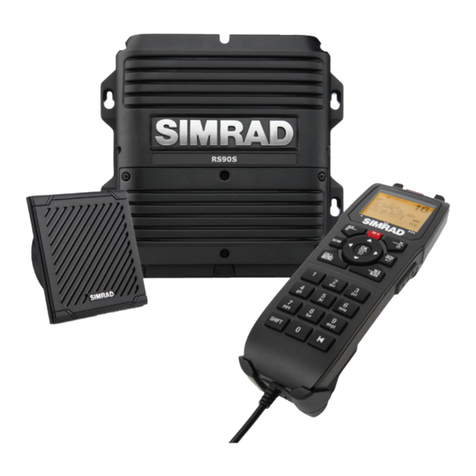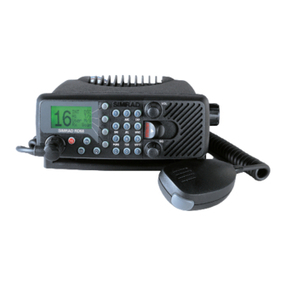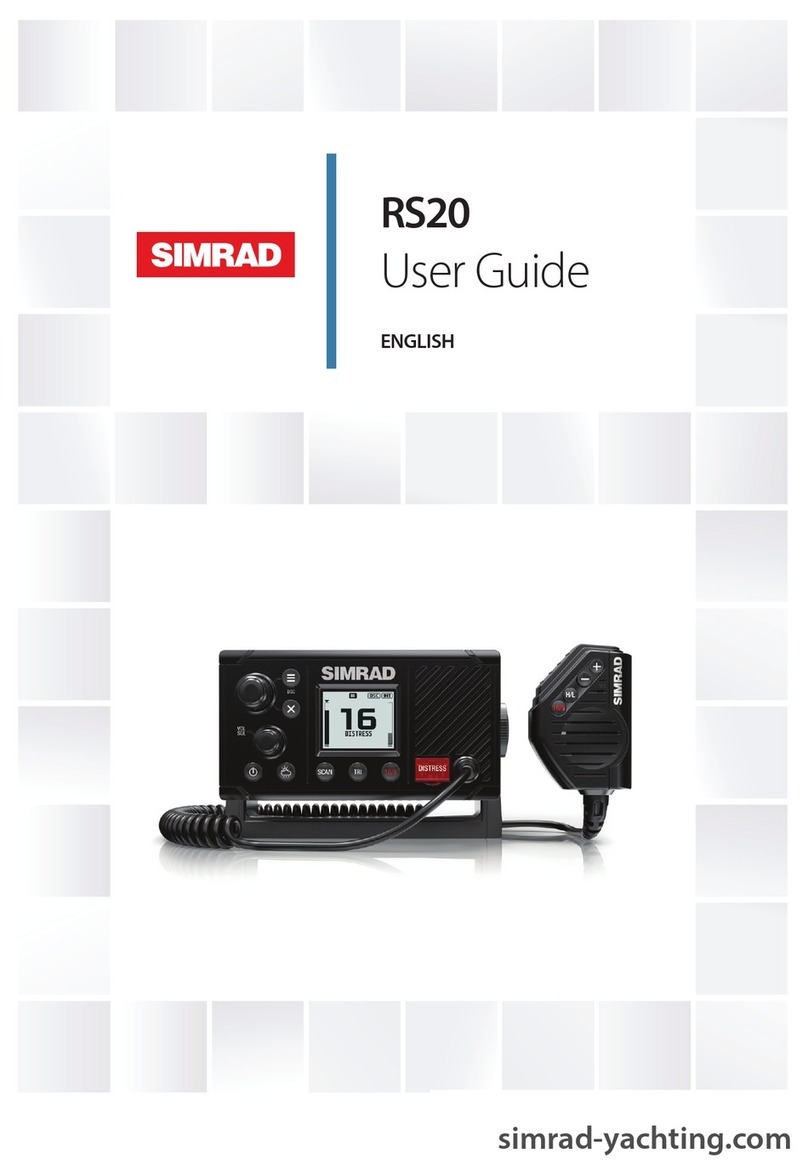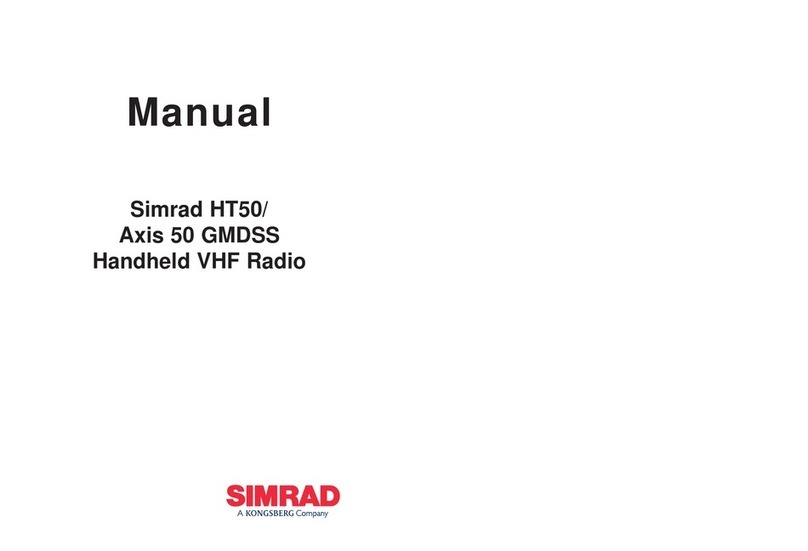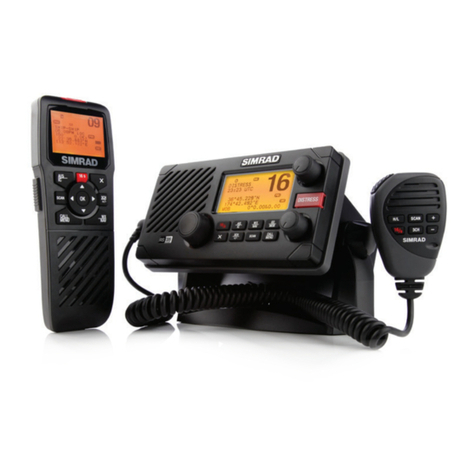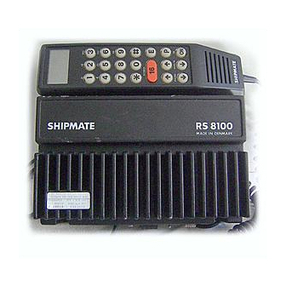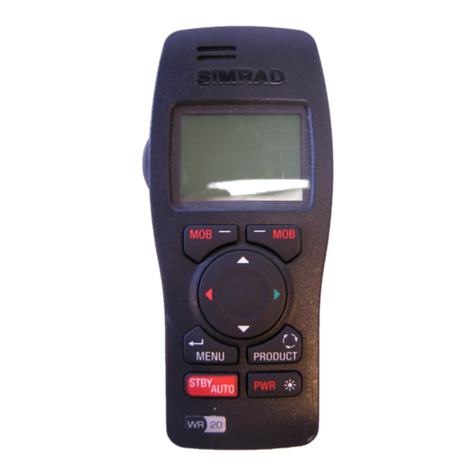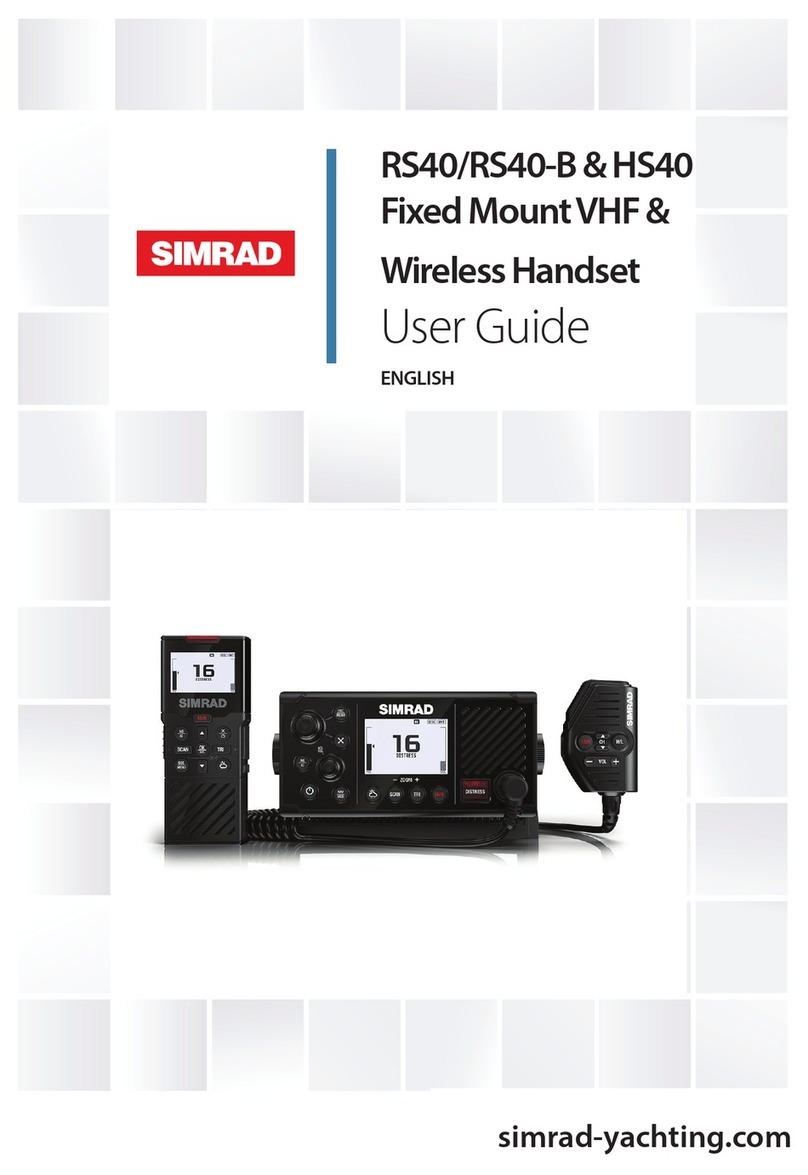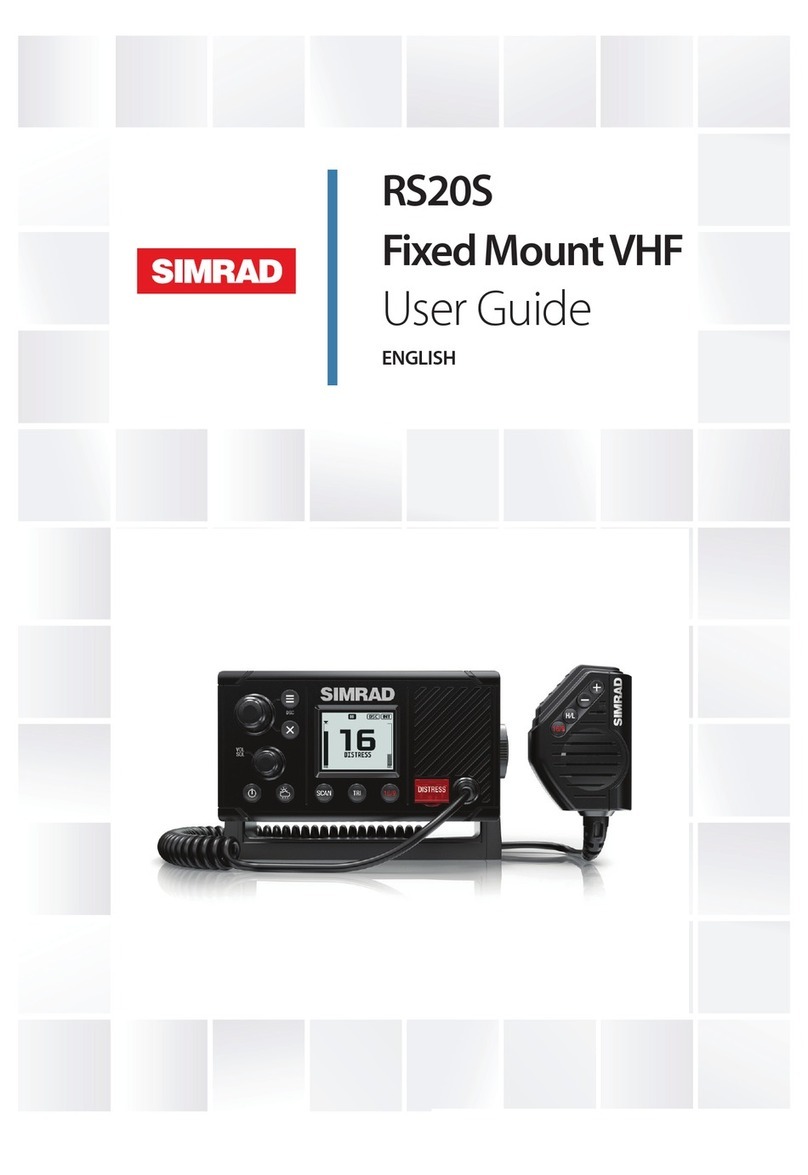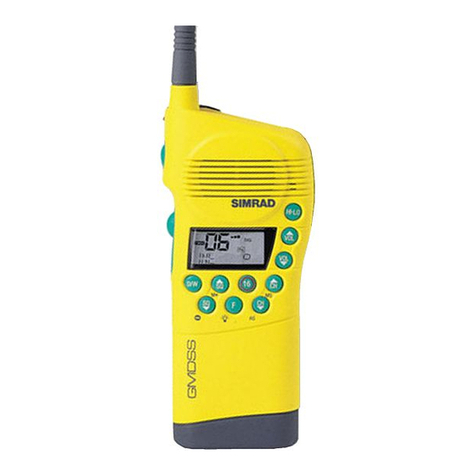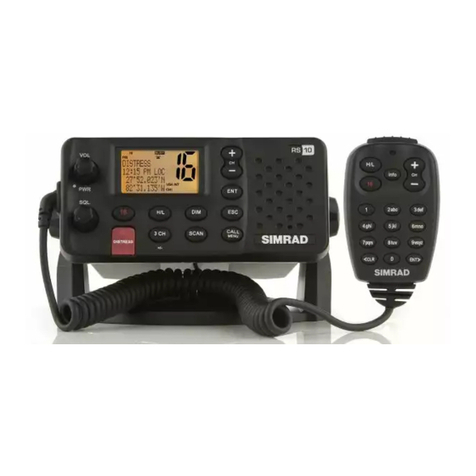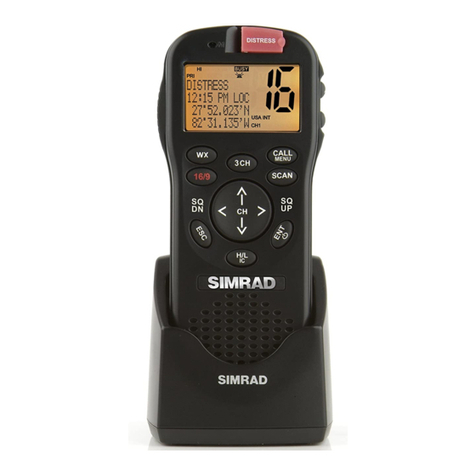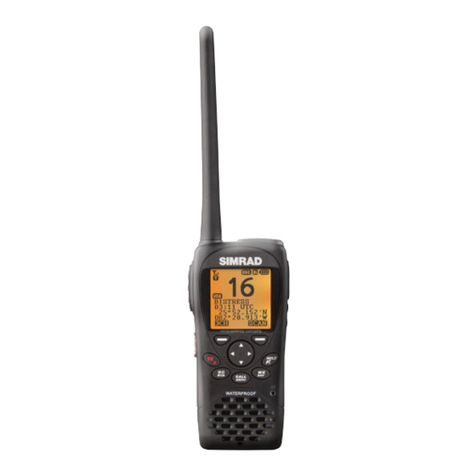8 MENU MODE
8.1 Scanning . . . . . . . . . . . . . . . . . . . . . . . . . . . . . . . . . . . . . . . . . . . . . . .52
8.1.1 All scan inhibit . . . . . . . . . . . . . . . . . . . . . . . . . . . . . . . . . . . .52
8.1.2 All scan reset . . . . . . . . . . . . . . . . . . . . . . . . . . . . . . . . . . . . . .53
8.1.3 All scan show . . . . . . . . . . . . . . . . . . . . . . . . . . . . . . . . . . . . .53
8.1.4 Memory scan select . . . . . . . . . . . . . . . . . . . . . . . . . . . . . . . .53
8.1.5 Memory scan clear . . . . . . . . . . . . . . . . . . . . . . . . . . . . . . . . .54
8.1.6 Memory scan show . . . . . . . . . . . . . . . . . . . . . . . . . . . . . . . . .55
8.1.7 Scan dwell time . . . . . . . . . . . . . . . . . . . . . . . . . . . . . . . . . . . .55
8.2 Numbers . . . . . . . . . . . . . . . . . . . . . . . . . . . . . . . . . . . . . . . . . . . . . . .55
8.2.1 Ship’s MMSI . . . . . . . . . . . . . . . . . . . . . . . . . . . . . . . . . . . . . .56
8.2.2 Group MMSI . . . . . . . . . . . . . . . . . . . . . . . . . . . . . . . . . . . . . .56
8.2.3 ATIS number . . . . . . . . . . . . . . . . . . . . . . . . . . . . . . . . . . . . . .57
8.3 VHF Items . . . . . . . . . . . . . . . . . . . . . . . . . . . . . . . . . . . . . . . . . . . . .58
8.3.1 User channel . . . . . . . . . . . . . . . . . . . . . . . . . . . . . . . . . . . . . .58
8.3.2 Position view . . . . . . . . . . . . . . . . . . . . . . . . . . . . . . . . . . . . . .59
8.3.3 Last used channel . . . . . . . . . . . . . . . . . . . . . . . . . . . . . . . . . .60
8.3.4 Interrupt intercom . . . . . . . . . . . . . . . . . . . . . . . . . . . . . . . . .60
8.3.5 Speaker settings . . . . . . . . . . . . . . . . . . . . . . . . . . . . . . . . . . .60
8.3.6 SimNet management . . . . . . . . . . . . . . . . . . . . . . . . . . . . . . .61
8.3.6.1 Data sources . . . . . . . . . . . . . . . . . . . . . . . . . . . . . . . .62
8.3.6.2 Lighting banks . . . . . . . . . . . . . . . . . . . . . . . . . . . . . .63
8.3.6.3 Device instance . . . . . . . . . . . . . . . . . . . . . . . . . . . . . .64
8.3.6.4 System instance . . . . . . . . . . . . . . . . . . . . . . . . . . . . .65
8.3.7 Lighting modes . . . . . . . . . . . . . . . . . . . . . . . . . . . . . . . . . . . .66
9 DSC FUNCTIONS
9.1 General . . . . . . . . . . . . . . . . . . . . . . . . . . . . . . . . . . . . . . . . . . . . . . . .67
9.2 Making a call . . . . . . . . . . . . . . . . . . . . . . . . . . . . . . . . . . . . . . . . . . .67
9.2.1 Individual routine call . . . . . . . . . . . . . . . . . . . . . . . . . . . . . .67
9.2.2 Public correspondence call . . . . . . . . . . . . . . . . . . . . . . . . . . .68
9.2.3 All Ships Safety call . . . . . . . . . . . . . . . . . . . . . . . . . . . . . . . .70
9.2.4 All Ships Urgency call . . . . . . . . . . . . . . . . . . . . . . . . . . . . . .70
9.2.5 Group call . . . . . . . . . . . . . . . . . . . . . . . . . . . . . . . . . . . . . . . .71
9.2.6 Distress Alert call . . . . . . . . . . . . . . . . . . . . . . . . . . . . . . . . . .71
9.3 Receiving a call . . . . . . . . . . . . . . . . . . . . . . . . . . . . . . . . . . . . . . . . .73
9.3.1 Individual routine call . . . . . . . . . . . . . . . . . . . . . . . . . . . . . .73
9.3.2 Public correspondence call . . . . . . . . . . . . . . . . . . . . . . . . . . .74
9.3.3 All Ships Safety call . . . . . . . . . . . . . . . . . . . . . . . . . . . . . . . .75
9.3.4 All Ships Urgency call . . . . . . . . . . . . . . . . . . . . . . . . . . . . . .75
9.3.5 Group call . . . . . . . . . . . . . . . . . . . . . . . . . . . . . . . . . . . . . . . .76
9.3.6 Distress Alert call . . . . . . . . . . . . . . . . . . . . . . . . . . . . . . . . . .77
9.3.7 Distress Alert acknowledgement . . . . . . . . . . . . . . . . . . . . . .78
9.3.8 Distress Relay call . . . . . . . . . . . . . . . . . . . . . . . . . . . . . . . . . .79
9.4 Viewing the call log . . . . . . . . . . . . . . . . . . . . . . . . . . . . . . . . . . . . . .80
9.5 Position over 4 hours old . . . . . . . . . . . . . . . . . . . . . . . . . . . . . . . . .81
10 THE DIRECTORY
10.1 Switching between the directories . . . . . . . . . . . . . . . . . . . . . . . . .82
10.2 Viewing the directory . . . . . . . . . . . . . . . . . . . . . . . . . . . . . . . . . . .82
Instruction manual
VII
